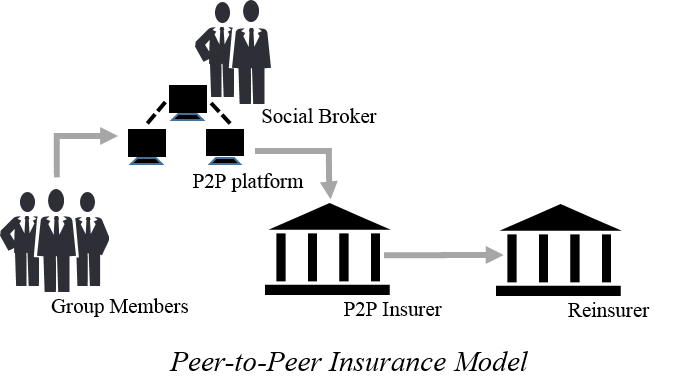...
The demand for more accessible and low-cost services in the financial industry has brought about a number of technology-driven tools initiated by fintech companies. The insurance sector has not been left out of the technology drive that is changing the way consumers and companies relate with each other. Insurtech, technology innovation in insurance, has introduced tools for policyholders to have easy access to insurance coverage at lower costs than traditional policies allow. The incorporation of fintech concepts like the crowdsourcing platform and social networking led to the Peer-to-Peer (P2P) Insurance movement.
Peer-to-Peer (P2P) Insurance vs. Traditional Insurance
The traditional insurance model pools a large number of strangers under a similar coverage. An underwriter uses the profile information provided by each of these individuals to create a risk analysis of the individual. Information such as age, hobbies, and medical history are used to determine the premium that each policyholder would pay. The premium covers the cost of insuring the individual and provides assurance to the insured that in the event of a loss, s/he will be covered. The pool covers individuals with different risk profiles, with the low risk members paying less in premiums for the same type of coverage. In the event that one or more members or policyholders experience a catastrophic event, funds from the pool are used to cover the affected party(ies). The amount of excess in the pool at the end of the coverage period is retained by the insurance company as part of its revenue. Since most insurance companies are incentivized by profits, a conflict ensues between insurers and the insured when unused premiums are not refunded.
The P2P insurance model differs from the traditional model in a number of ways.
...

